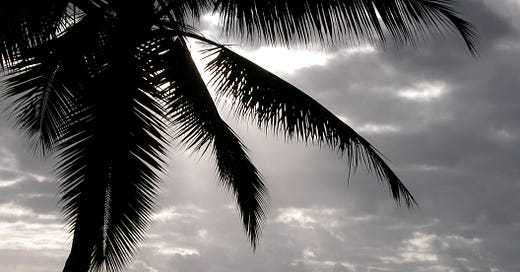'Fiji, the way the world should be' is an advertising slogan that has survived three coups. If you tell the rest of the world often enough that this place is a Pacific paradise, then it becomes hardly surprising when you start believing it, and developing the view that nothing much needs fixing. The nineteenth-century 'Cannibal Isles' label has deftly b…
Keep reading with a 7-day free trial
Subscribe to Michael Field's South Pacific Tides to keep reading this post and get 7 days of free access to the full post archives.



